₦3,499.00
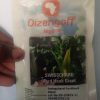

₦5,000.00
Noni Plant Seedling
₦5,000.00
Under the best horticultural management standards, noni fruit production for commercial purposes produces healthy earnings.
One of the most significant fruits, noni has long been valued for its ability to restore health.
They are well suited to tropical climates and easily adaptable.
All through the year, the plant produces both flowers and fruits.
We offer national shipping.
Share:
Noni Seedling
Noni (Morinda citrifolia), a tiny tree with a typical height of between 10 and 30 feet, is produced by noni plant seedlings. This plant has thick, glossy, dark green leaves with prominent veining.
The unusually shaped, 3 to 5-inch long, oval, yellowish-white, and reasonably fragile fruits have an odd form. Large, elliptical leaves with a vivid green hue cover this little evergreen shrub.
On stalks that emerge in opposition to an unpaired leaf, fruit is produced.
The fruit begins as a little lump that enlarges, develops a flower, and then takes the form of the fruit.
One of the most significant fruits, noni has long been valued for its healing and restoring abilities.
Planting Procedures for Noni plant seedlings
Indian Mulberry is the common name for this tropical fruit.
Southeast Asia and Australasia make up its original area, and the species is now widely naturalized and farmed across the tropics.
The noni fruit, Morinda citrifolia, grows in open, rocky, or sandy coastlines and shaded woodlands. All through the year, the plant produces both flowers and fruits.
The fruit is often referred to as cheese or even vomit fruit since it has a strong odor when it ripens.
It is oval-shaped and ranges in size from 10 to 18 centimeters.
The fruit starts green before turning yellow and then almost white as it ripens.
There are numerous seeds in it.
The green fruit, leaves, and roots/rhizomes of this plant and fruit are employed in traditional remedies due to their great therapeutic properties.
Under the best horticultural management standards, noni fruit production for commercial purposes produces healthy earnings.
Noni Seedling FAQs:
What is a Noni Seedling?
A Noni seedling is a young Noni plant (Morinda citrifolia) grown from seed. Noni trees typically reach heights of 10-30 feet and have dark green, glossy leaves with prominent veins.
What do Noni fruits look like?
Noni fruits are oval-shaped, yellowish-white, and reach 3-5 inches in length. They have a unique, somewhat fragile appearance. Noni trees are evergreen shrubs with bright green, elliptical leaves. Fruits grow on stalks opposite unpaired leaves.
What are the benefits of Noni?
Noni fruit has a long history of use in traditional medicine for its purported healing and restorative properties. However, scientific evidence for these claims is limited.
How do I plant a Noni seedling?
Specific planting instructions may vary depending on your climate. However, Noni seedlings generally prefer well-drained soil and full sun.
Where does Noni come from?
Noni, also known as Indian Mulberry, is native to Southeast Asia and Australasia. It’s now cultivated throughout the tropics. Noni trees can be found in shaded forests and on open, rocky or sandy coastlines.
What does Noni fruit smell like?
Ripe Noni fruit has a strong odor, often described as cheesy or unpleasant. This is why it’s sometimes called “cheese fruit” or “vomit fruit.”
What are the uses of Noni?
Traditionally, all parts of the Noni plant – green fruit, leaves, and roots/rhizomes – have been used in various remedies for their potential health benefits.
Is Noni commercially viable?
Properly managed Noni orchards can be commercially profitable due to the fruit’s potential value in various markets.
Only logged in customers who have purchased this product may leave a review.



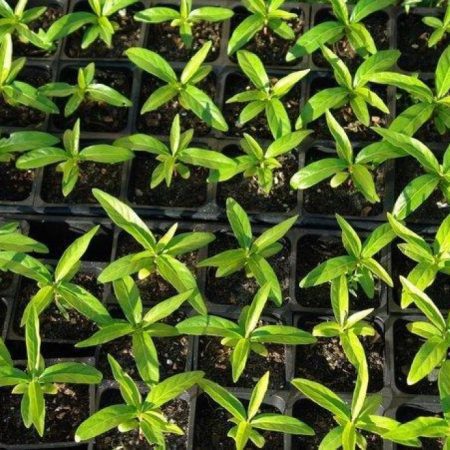

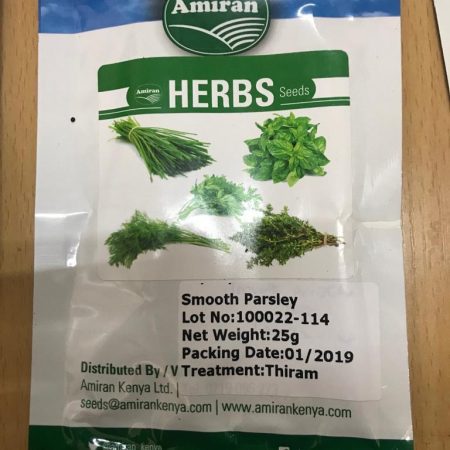
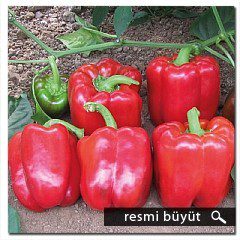
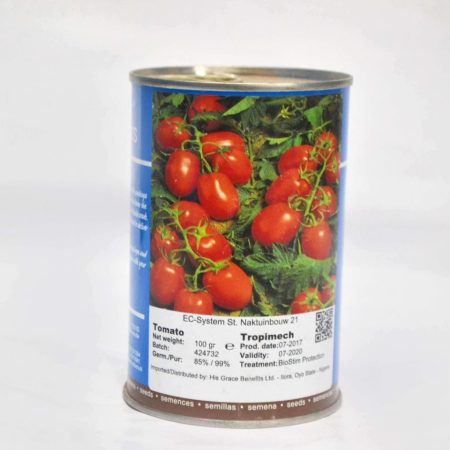
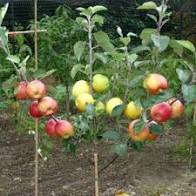
Reviews
There are no reviews yet.